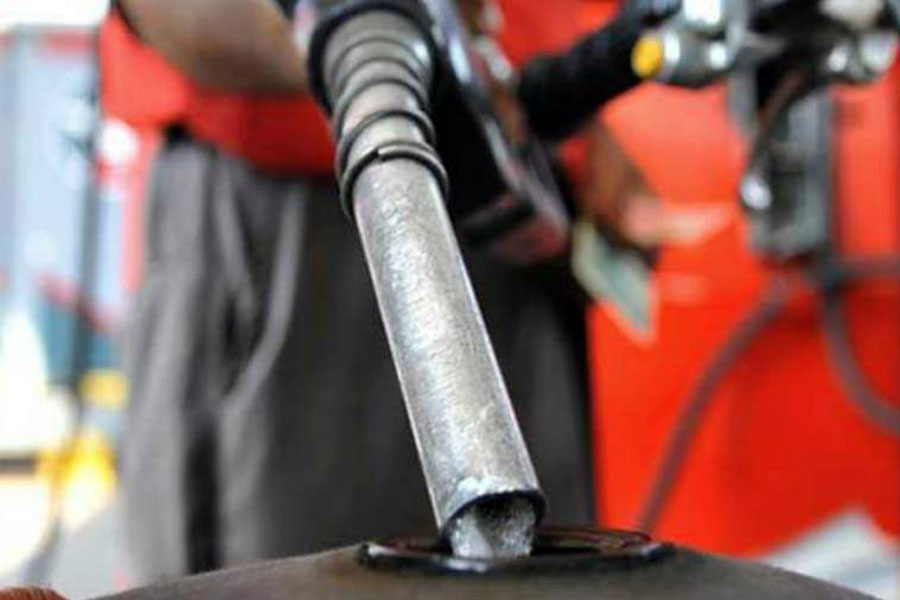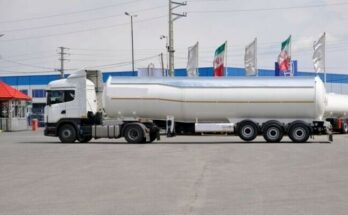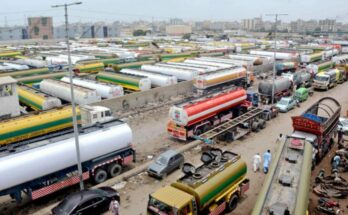It is often believed that using high-octane fuel in your vehicle or mixing it with regular petrol improves the performance & consumption while reducing engine knocking. However, Hi-Octane comes at a relatively higher cost and isn’t frequently available at every filling station as compared to the standard petrol.
But is it worth spending an extra amount on high-octane especially when the access to the fuel isn’t easier either? Well, let’s try to understand a few things.
Understanding Octane
Octane is a measure of a fuel’s ability to resist a phenomenon known as knocking, which a driver may detect as a pinging or knocking noise coming from the engine. Knocking is the premature ignition of the compressed fuel-air mixture in one or more cylinders that can damage the engine.
Research Octane Numbers (RON)
Research Octane Number (RON) is a rating used to measure a fuel’s knocking resistance in spark-ignition internal combustion engines. RON is determined by running the fuel in a test engine with a variable compression ratio under controlled conditions. The higher the fuel’s octane number, the more resistant it will be to knock.
Related: OGRA to Suspend Licenses of Companies Selling Substandard Fuel
Remember, the octane rating for gasoline has nothing to do with the amount of power inside of it as we tend to associate these figures with horsepower, the bigger the number the better it is. RON number actually relates to just how much fuel can be compressed before igniting. The higher the number, the less likely it is to ignite under pressure.
What is the right octane level for your car?
Check your car’s user manual. Regular octane is recommended for most cars, however, some cars with high-compression engines, like sports cars and certain luxury cars, need premium gasoline (high octane) to prevent knocking.
Using Hi-Octane fuel in your car
Using or mixing hi-octane fuel in a car that requires a lower octane rating doesn’t give you any advantage. A fuel with a higher octane number than required will not necessarily produce noticeable benefits.
However, if your car engine knocks or pings even if you use the recommended regular octane, switching to, or mixing high octane might eliminate the knock. If the knocking or pinging continues after one or two fill-ups, you may need a tune-up or some other repair. After that work is done, go back to the recommended octane grade at which your engine runs (as per the owner’s manual.)
Related: Dilemma of Keeping a New Car in Pakistan
If you have a modern car with a knock sensor and the ECU has the ability to adjust the spark timing sufficiently, your car will take advantage of better fuel. The better burn control of a higher-rated fuel would benefit the engine by reducing stress on the internals and result in quieter running. These benefits will vary from car to car depending on the compression ratio.
Here are a few things to consider:
- Some engines will perform better on high-octane fuels while others will show no obvious benefit.
- The benefits of fuel-injected vehicles depend on the sophistication of the car’s engine/ ECU. Modern engines that are capable of adapting fuel and spark maps to the fuel being used are most likely to show improved performance, while cars with less smart systems typically won’t benefit.
- Older vehicles with carburetors are unlikely to benefit unless they are specially tuned for it and even then any gains are likely to be limited.
- High-octane fuels may cause engines with very low compression ratios to run poorly.
- You won’t get extra performance by running premium fuel in your vehicle unless the owner’s manual states otherwise.
- Using low-octane fuel in an engine built for high-octane can increase the risk of engine damage and will certainly affect overall vehicle performance.
Fuel in Pakistan
Now when we know high-octane doesn’t necessarily produce any advantages unless recommended by manufacturers, this debate becomes more interesting when we take into account the fuel available in Pakistan.
Related: Somalia & Pakistan Are The Only Countries To Use RON-87 Petrol
In August 2016, the Economic Coordination Committee (ECC) allowed the introduction of RON-92 motor gasoline in Pakistan, in order to make the environment cleaner and more hygienic. Before that, RON-87 was sold in Pakistan alongside Somalia, the only two countries of the world using the substandard fuel at a time when RON-92 was a standard-grade fuel elsewhere.
However, it is worth mentioning here that the country’s refining machinery is outdated and is unable to provide RON-92 petrol here. So what they do is to import the RON-95 petrol, and mix it with the RON-87 they produce resulting in the RON-92 they sell here. Pakistan’s neighboring countries including Bangladesh, India, and Sri Lanka are already using minimum genuine RON-92 Petrol.
Honda’s complaint against fuel suppliers
In November 2017, Honda filed a complaint against the fuel suppliers including Shell, Total-Parco and the state-run PSO, accusing that the use of additives to elevate the lower quality fuel up to the RON-92 grade (as required by regulatory standards) is damaging its engines as well as the environment.
Related: OGRA Tests Confirm Petrol in Pakistan is Harmful for Engines, Environment & Health
Earlier this month it was reported that OGRA (Oil and Gas Regulatory Authority) and the Hydrocarbon Development Institute of Pakistan (HDIP) have conducted tests on the petrol samples and have found an excessive presence of chemicals in locally sold petrol. This excessive amount of chemicals has been considered harmful to vehicles, the environment as well and human health. The report further states that these chemicals are being used by oil companies to increase the RON value at a lower cost.
International Standards vs Pakistan
While the use of RON ratings varies in the international market depending on a country’s regulations, generally it is RON-95 as standard and RON-98 high octane grade in most countries today.
Related: Honda Pakistan Seeks Japan Experts’ Help to Curb Use of Chemicals
So in a nutshell, the RON-92 sold in Pakistan isn’t a true RON-92. But it runs fine on the majority of vehicles be it motorbikes or passenger cars, because Pakistan is decades behind in terms of adapting to newer technology.
The Conclusion
If you are using a locally assembled car, you should stick to manufacture-recommended fuel, however, if you have a sophisticated machine such as a new JDM, you should consult its owner’s manual to see what fuel it recommends.
By putting higher octane fuel in a car that requires regular octane, you will only be spending unnecessarily more while getting no performance gains in return. Remember it is a misunderstanding to think that RON97 produces more power than RON92, in reality, a higher RON number means the fuel burns less easily! RON refers to the ability of the fuel to resist knocking and nothing else. Unless your engine is knocking, buying higher-octane fuel is a waste of money.

A computer animation professional with over 23 years of industry experience having served in leading organizations, TV channels & production facilities in Pakistan. An avid car enthusiast and petrolhead with an affection to deliver quality content to help shape opinions. Formerly written for PakWheels as well as major publications including Dawn. Founder of CarSpiritPK.com





